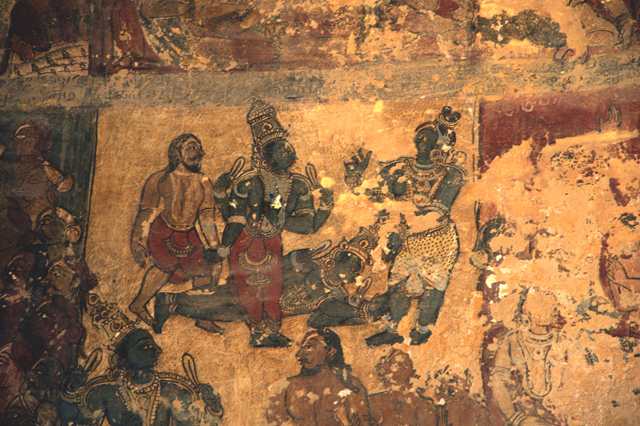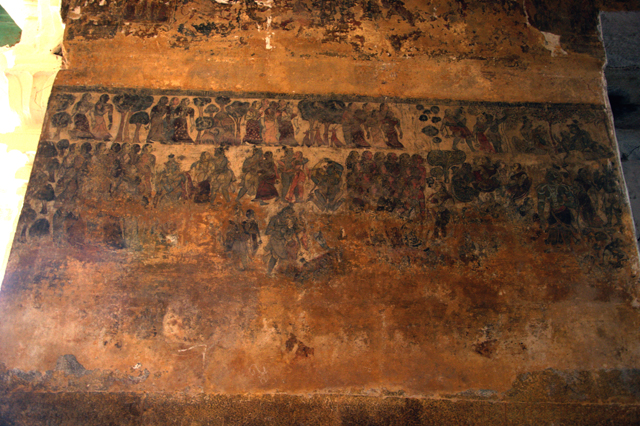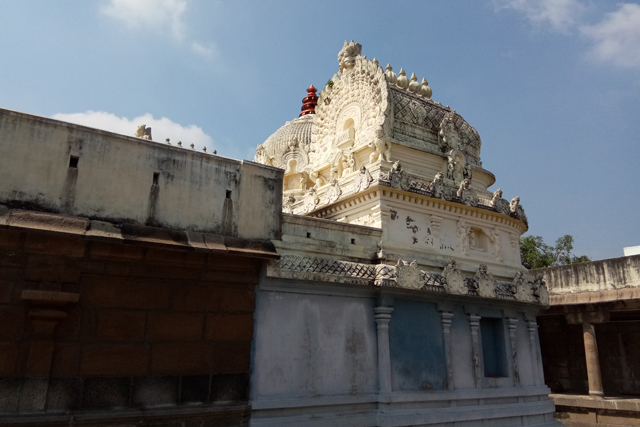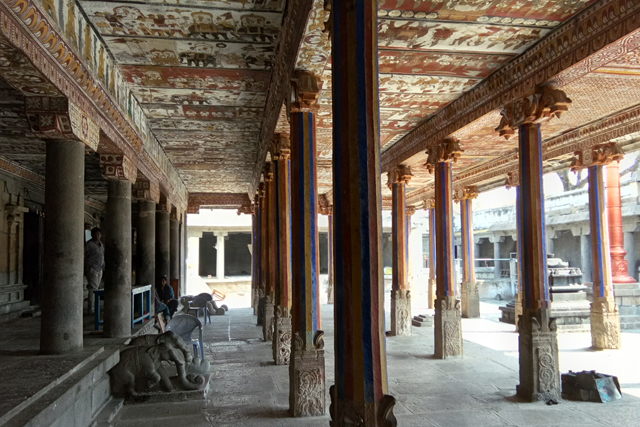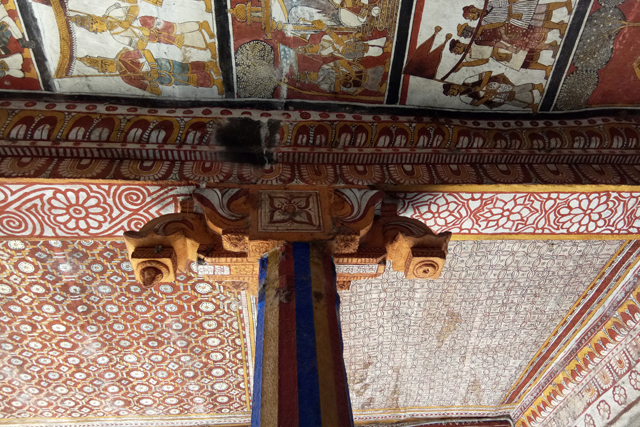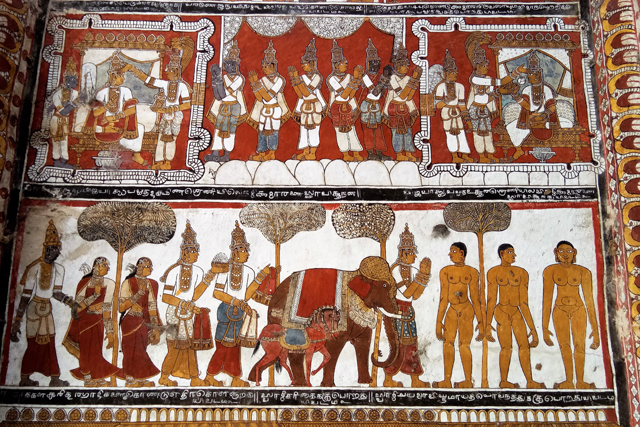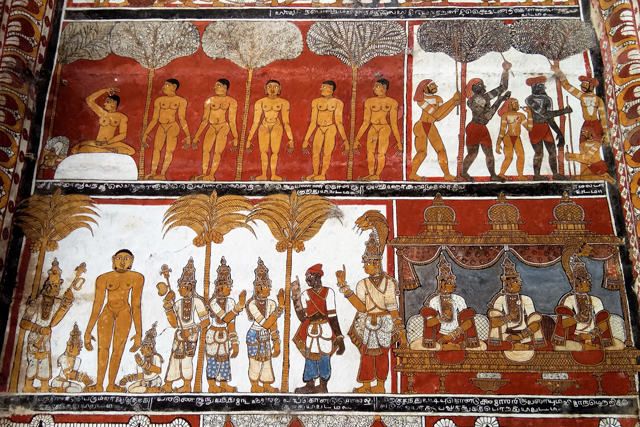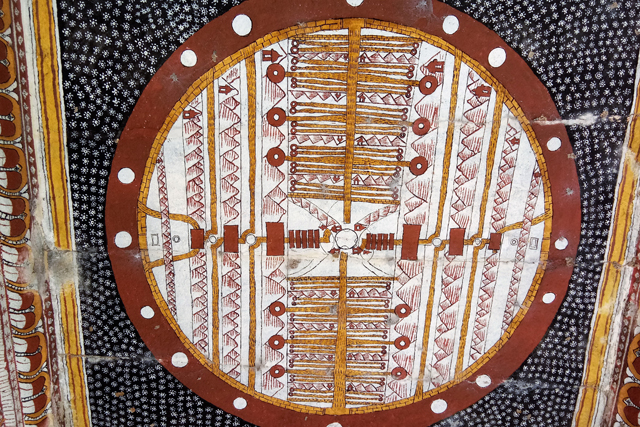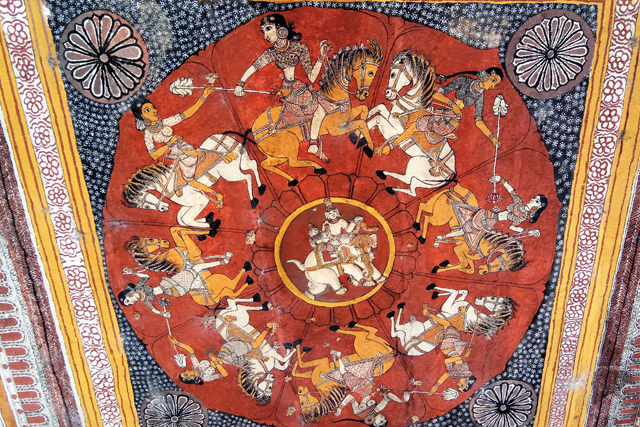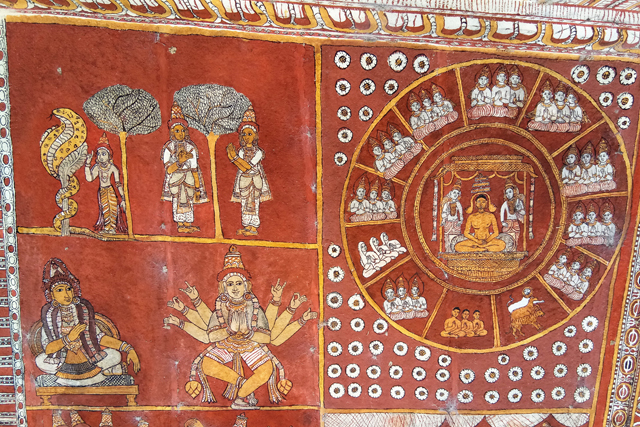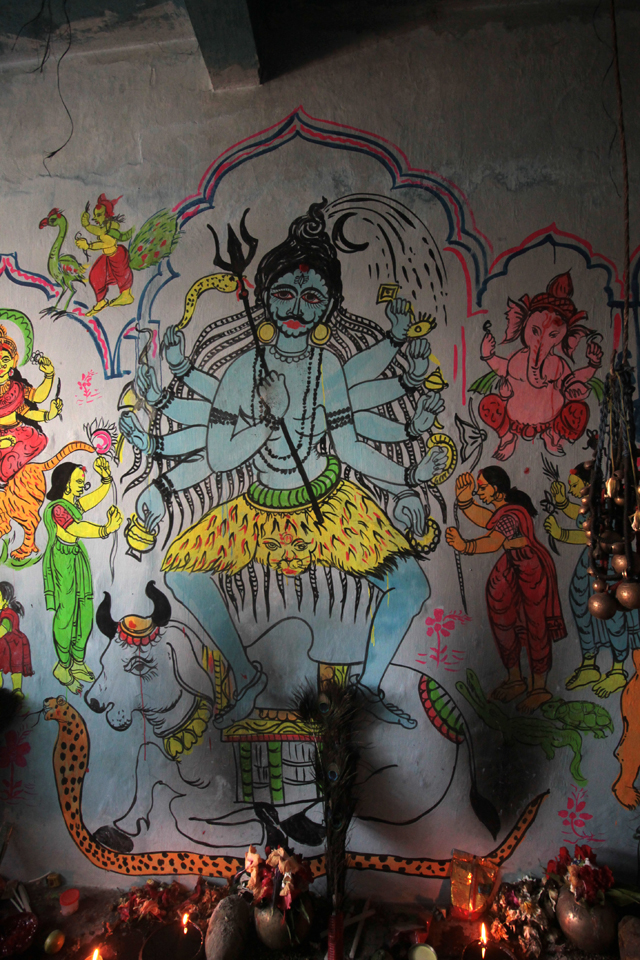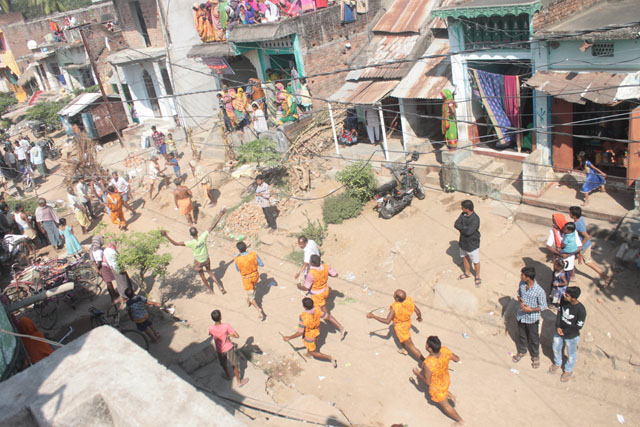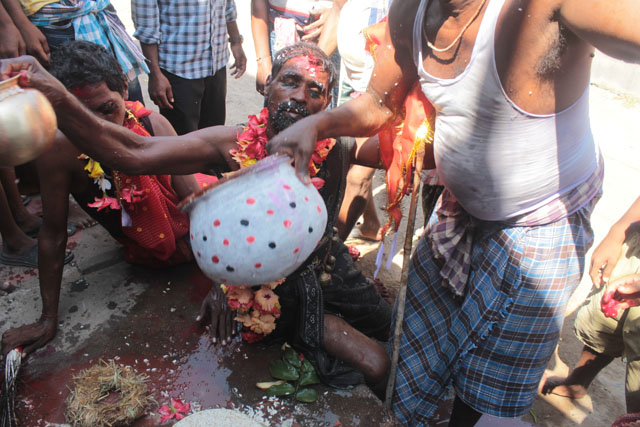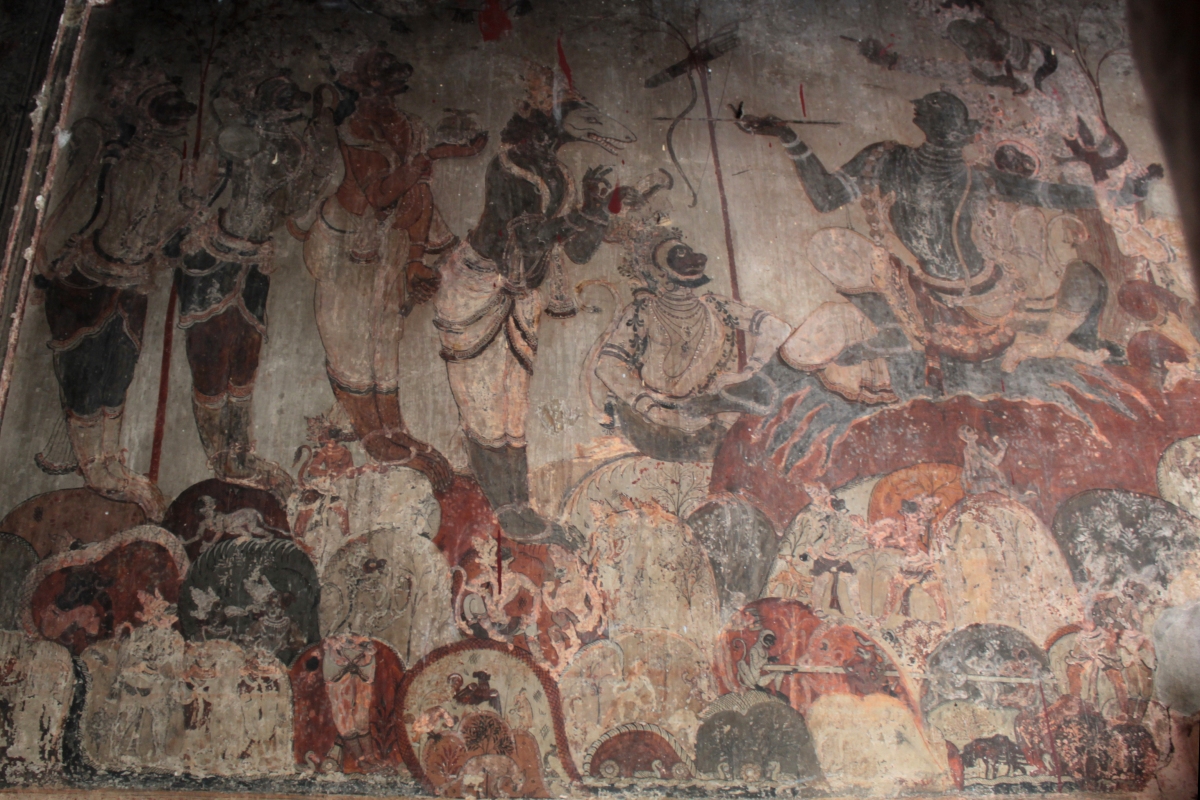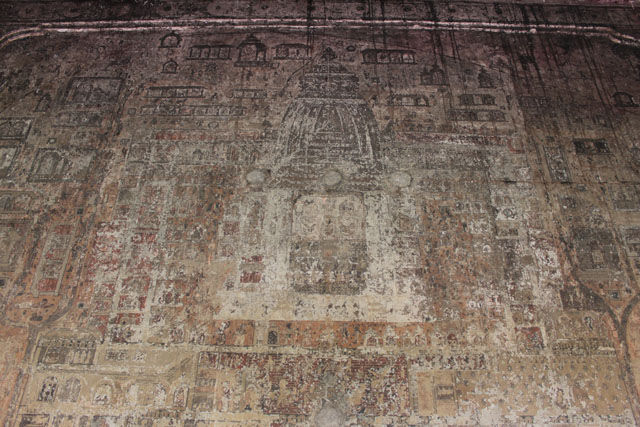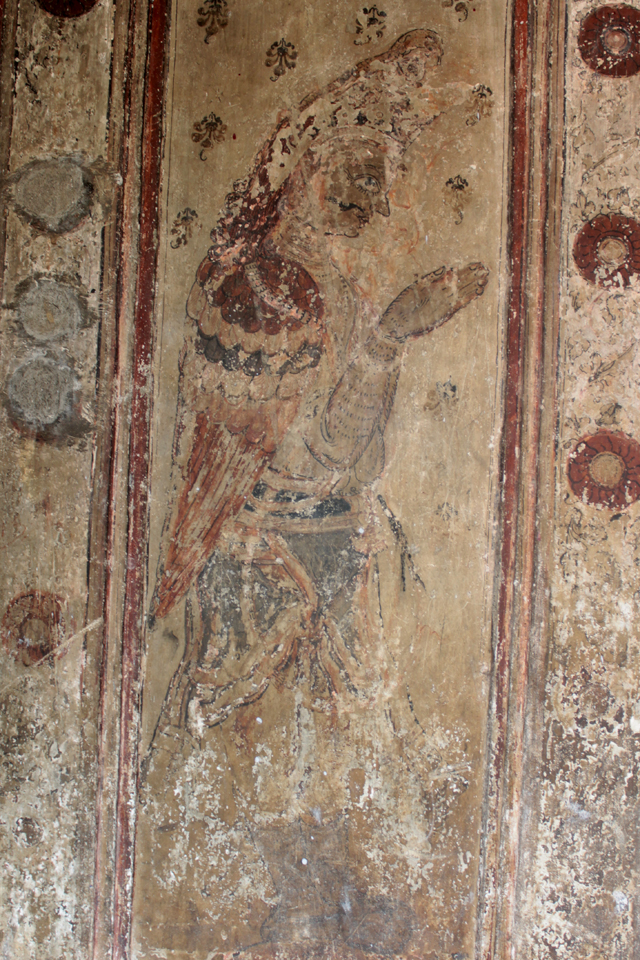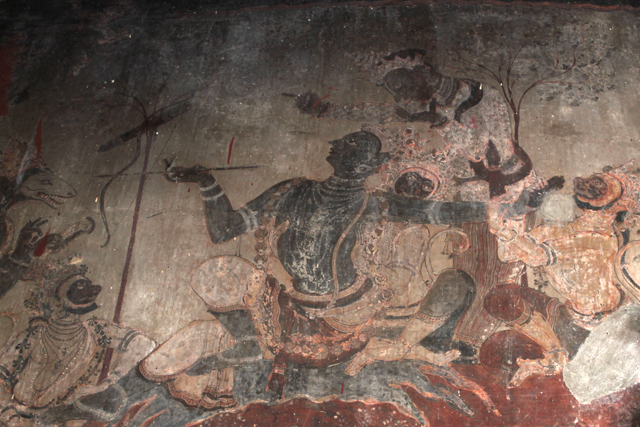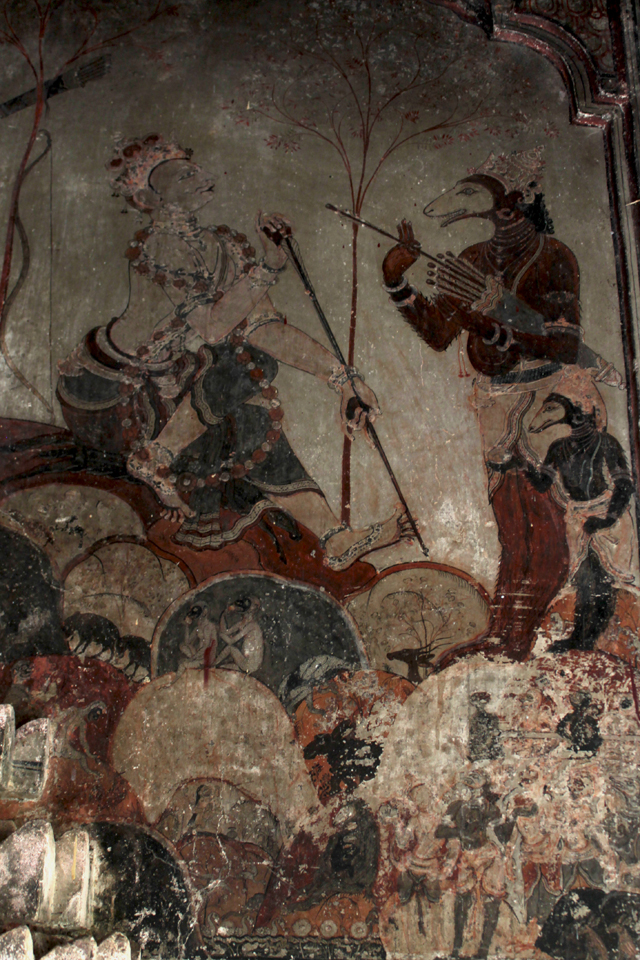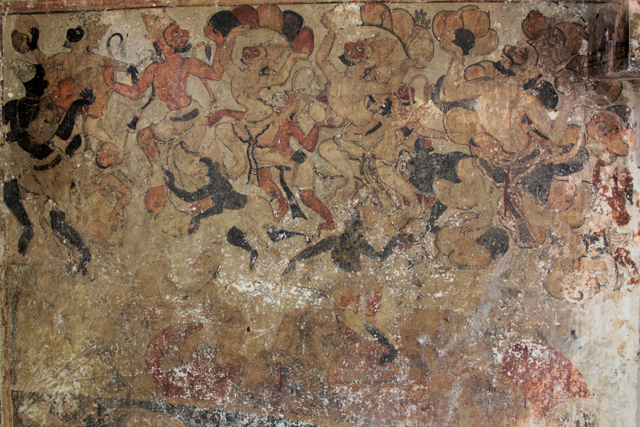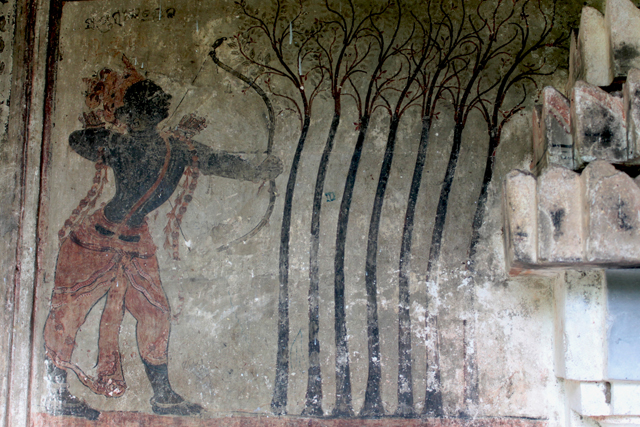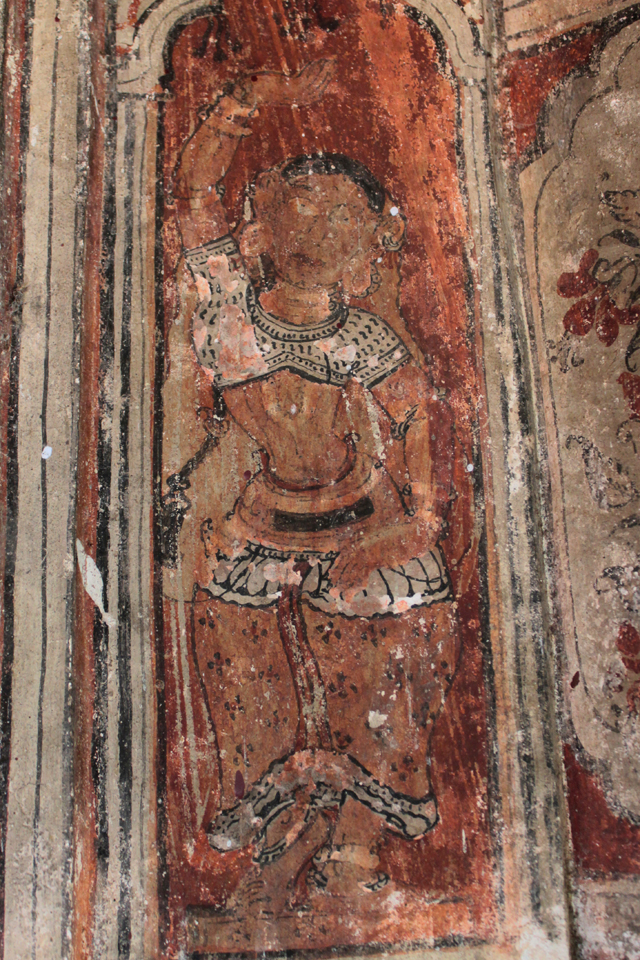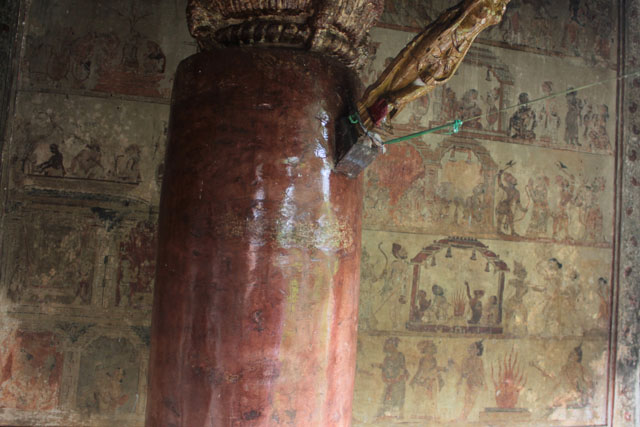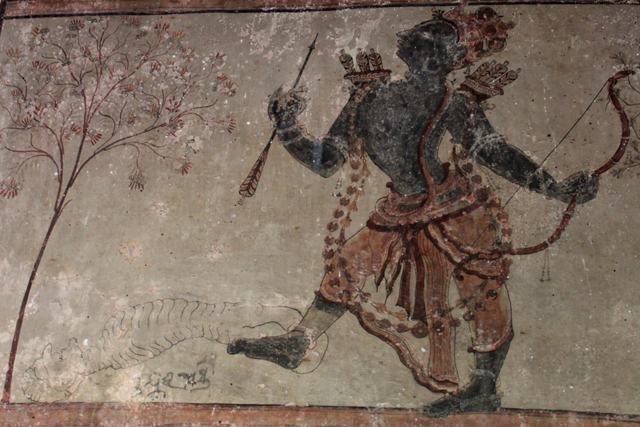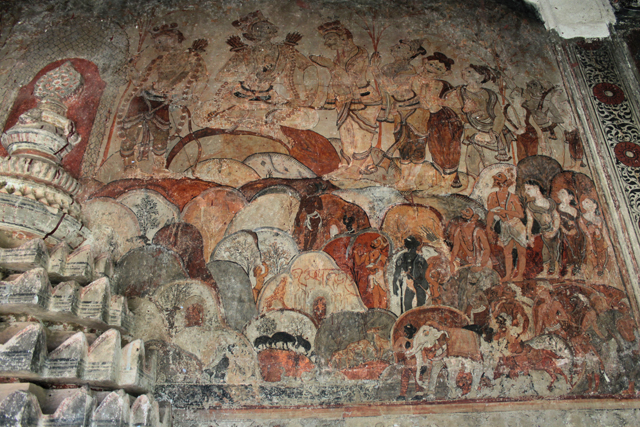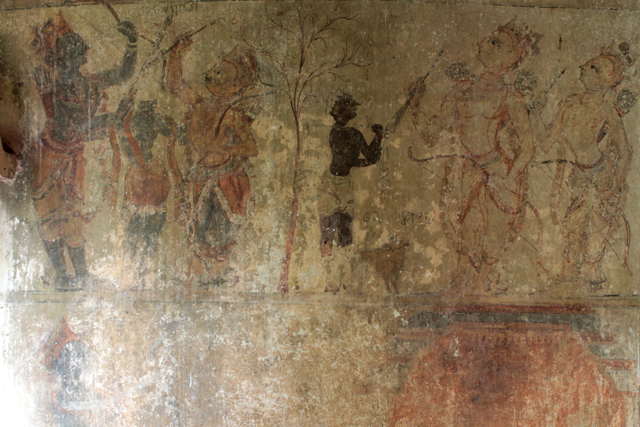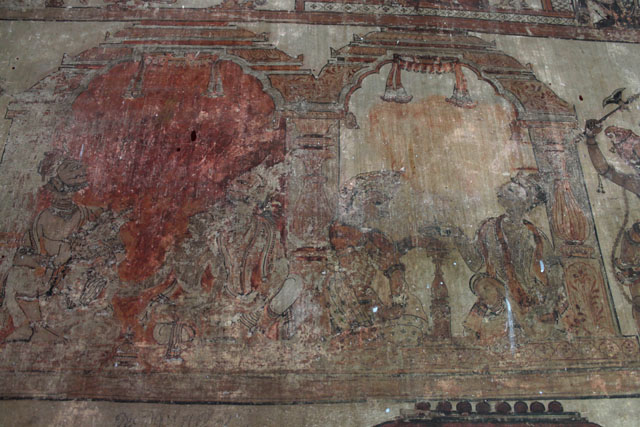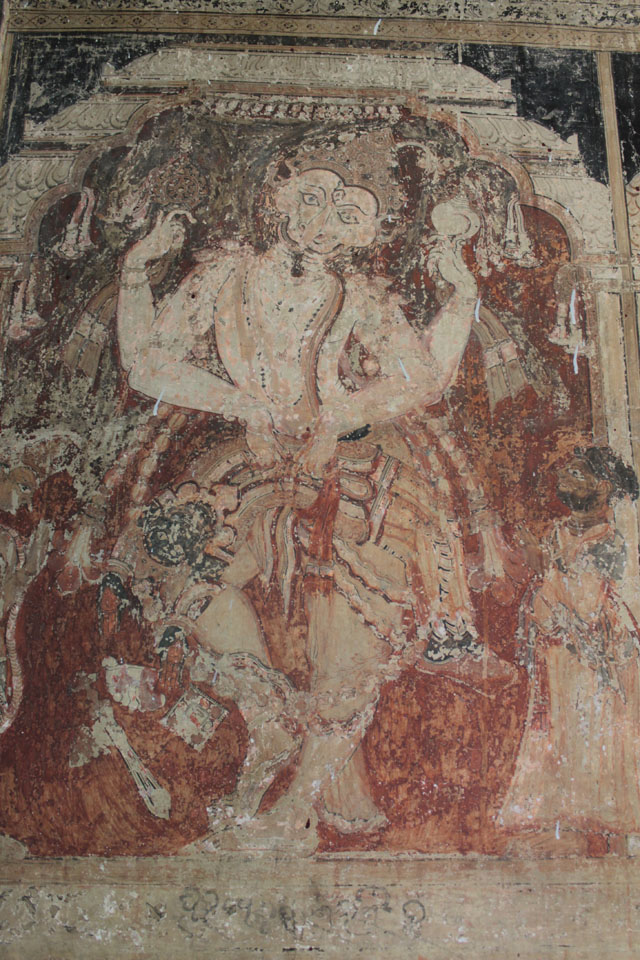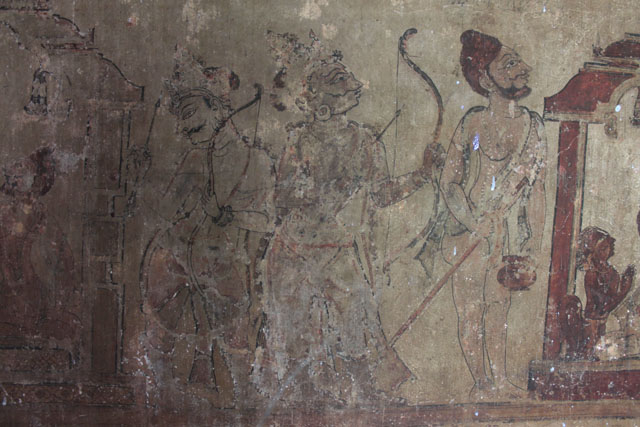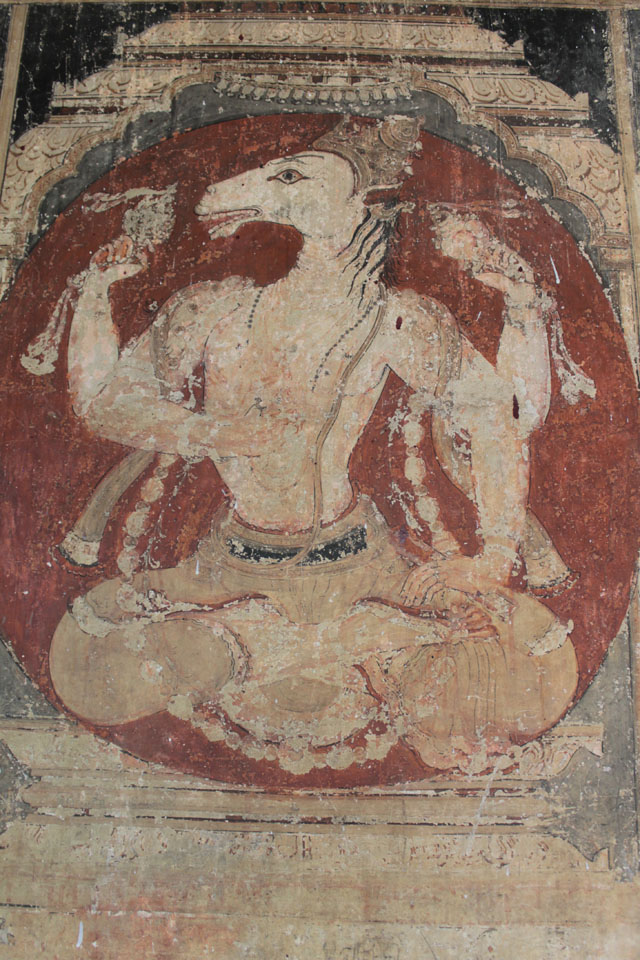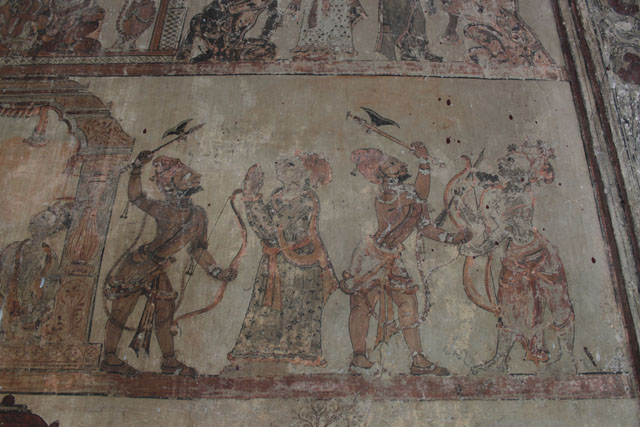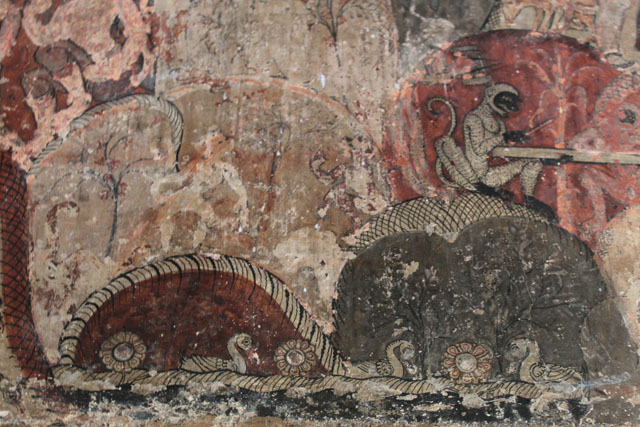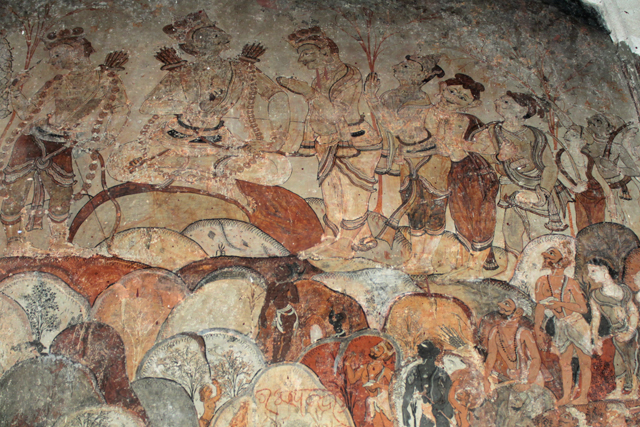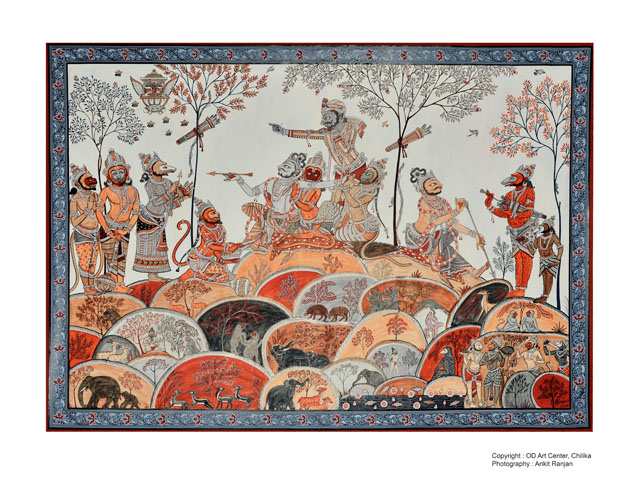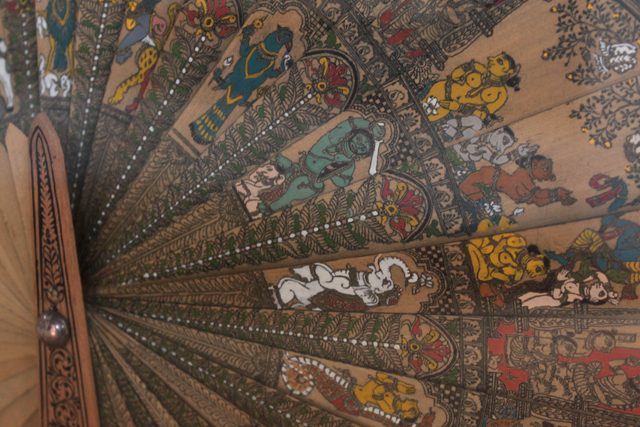The world has slowed down perhaps for the first time in history due to the corona pandemic. Humanity is at high stress out of fear. Almost a large part of the world is a lockdown. At this critical stage, art comes out as a healer comforting our mind and soul, if not body.
French national Mahina Khanum made the most of the lockdown by shooting a film to create awareness about the corona. The uniqueness about the film is the use of Odissi dance form to convey the message. She employed her training as an Odissi dancer to communicate with the global audience. Arts speak a universal language and her mudras of Odissi, an ancient dance form sure speaks to many. Her abhinaya communicates at any level, the mudras, the hand gestures do the talking and the expressive eyes darting back and forth, emoting, appealing, beseeching, begging all to stay indoors win over the most reluctant and perhaps may also inspire a few to join her at her studio in Paris post-corona.

The young dancer has won the hearts of many with her dance film. The Indian Minister Dharmendra Pradhan Minister of Petroleum & Natural Gas and Steel has shared her video. Appreciations come manifold and she says it with great humility, “Humbled to receive so much appreciation from around the world! And I’m moved by the interest that our video triggers for Odissi dance. I’m finding hope in this feeling of deep worldwide connection, with all of us wishing together for a better tomorrow.”
Suitably intrigued I managed to speak with her. Mahina graciously spent time in answering questions about her dance journey, her passion for popularising Odissi in France, her partnering with her supportive husband and her film on the corona.
Her journey as a dancer.
I am an Odissi dancer based in Paris, France. I was first trained in Ballet from the age of 3 and later got the chance to meet an amazing dancer, the Odissi Guru, Shri Shankar Behera who used to tour Europe when I was a teenager. I was deeply touched by his performance and it changed my life. I started learning from him and took to performing and teaching in France on a regular basis. I am convinced that Odissi dance has a lot to offer to the international audience. And that is what I focus on with my husband, Avishai Leger-Tanger, a digital artist.
Why Odissi in particular?
I love all dance forms and I am fascinated by many kinds of body language. But some magic happened with Odissi! Odissi came to me through a performance for which my mother had offered me a ticket. And I was awestruck. I decided to learn this divine dance form. My training started and I was lucky to be exposed to other dance styles. I occasionally get the opportunity to learn or work with different dancers and teachers, be it in Indian dance forms or Western styles. All of them are amazingly interesting but I always come back to Odissi.
Odissi has a very ancient background but is still very relevant today. It is an artistic and spiritual practice. And I am very moved by its aesthetics.
Please tell us something about your guru.
I started learning from Guru Shankar Behera and later visited him regularly in Mumbai. It was his performance that had converted me to Odissi. When I turned 18, I was awarded an excellence scholarship from ICCR in India and the French government to pursue my training with Guru Madhavi Mudgal in GandharvaMahavidyalaya (Delhi).
How did people react to your dancing? Please tell us something about your dance school. Do students understand the connection with the sacred? How do you break it down for them?
Odissi dance was barely present in France when I started teaching and performing here. People here don’t have the cultural background to understand and appreciate it.
We are slowly working on creating an audience. I have about 80 students training on a weekly basis and I am getting demand for performances from big companies and luxury brands such as Guerlain.
Most of the students are adults who have never seen a live performance of Odissi and have no dance background. I have worked on a progressive method to allow everybody to gradually access Odissi as it is a very complex and demanding art form. Over the years, I have worked on methods to let everybody get a feel of this dance, whatever their background. With beginners, we would, for example, isolate one aspect of the body language, let’s say the hands, and practice simple exercises and rhythmic patterns, breathing, slowly becoming more conscious and aware. This is a wonderful way to learn to focus at a time where the global pace of working has become crazy.
Many of them slowly walk their way into its aesthetics and become real rasikas and lovers of the style. With time they get to enjoy its artistic and spiritual meaning. I think that this is what touches the heart of many here in France. Perhaps the appeal lies in the possibility that through dance one can know oneself better and can get connected to the sacred, whatever be its form.
What in Odissi resonates with you?
I am very moved by its lyrical grace. Odissi dance, through its history, resonates with many other art forms like painting, sculptures, poetry and music. While watching an Odissi performance, I get the feel of total art. Getting into this artistic world opens many possibilities. And I feel Odissi dance has a lot to offer to the global audience.
That is why, in collaboration with my husband Avishai Leger Tanger who is a digital artist, we have started working on different ways to present it to the unacquainted audience. We use new technologies but remain true to the traditional form. We’re very happy that our recent projects have been catching a lot of interest and attention, including:
– Odissi dance + computer-animated old painting:
– Odissi dance + virtual reality:
– Odissi + light-painting photography: https://www.facebook.com/pg/mahinakhanum/photos/?tab=album&album_id=2417653541586402
What does Jayadeva say to you?
Jayadeva tells me to be patient; the spiritual path is a long one and as Radha, everybody can misunderstand, lose temper, feel lost and hopeless.
He also tells me to be expansive, to be open to the beauty that surrounds me. I’m may not be living in Vrindavan but living close to nature is truly amazing, it transports me to Vrindavan.
And of course, he tells me about love, which is such a complex and powerful feeling, coloured with the navarasas.
What was your motivation behind employing Odissi to promote awareness about Corona?
The announcement of the lockdown had left us in shock. We had been applying barrier gestures for some time in France, and since the beginning, I was a little bit disturbed by this expression, “barrier gestures”. In dance, a gesture is meant to convey feelings (towards the audience), not to create distance. In fact, it is the very meaning of what we call, in Indian classical dance, “abhinaya”, “gesture toward [the audience]”. So this thought took root in my mind.
We didn’t really think twice about this short video. Being locked down, we had the urge to keep on dancing and at the same time wanted to say something positive. We adapted traditional hand gestures and used the tone of a traditional character, the Sakhi, the friend, who is always present in the Odissi repertoire based on Jayadeva’s Gita Govinda.
And the music for the video came from extremely talented Vijay Tambe ji, the composer and flutist, Ramprasad Gannavarapu (mardala) and Aparna Deodhar (sitar). This was composed a few weeks before in Mumbai and we felt that it was a strong coincidence. We had beautiful music which we decided to use as a score one of these it this video.
This is the story behind the video that has struck a chord with many because of its aesthetics and visual appeal but more profoundly because Odissi the dance form has a sacred connection with the temple – the abode of gods, a sacredness that appeals to all in the times when no light seems to be visible at the end of the tunnel. The worldwide acceptance of Indian greeting of Namaskar (bowing before the light within you), Yoga (means of uniting the individual spirit with the Universal Spirit), Ayurveda (rightful living through aahaar), Pranayama (mindful breathing) and PM Modi’s initiative to thank the health workers by clapping has become a Global rallying point. To this list, we can add the power of dance, the ancient Indian dance form that reminds that us of our deep connections. It resonates with all because it is rooted in Vasudhaiva Kutumabakam, we are all one and we have to look after everyone, like a family!
Picture and video courtesy Ms Mahina Khanum
Author – Aparna Pande Mishra
She can be contacted at aparna.anusha.28@gmail.com





























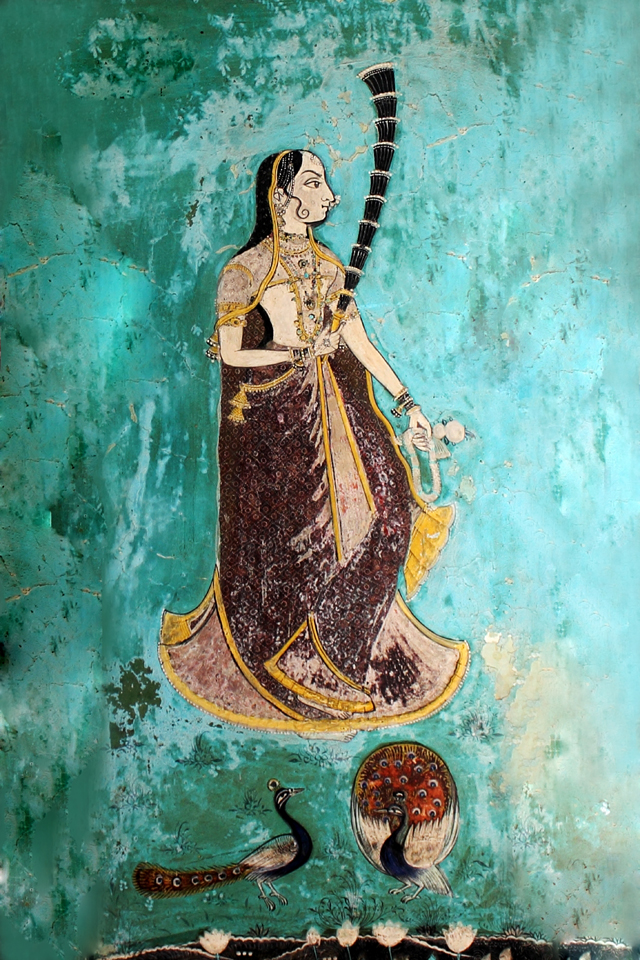
















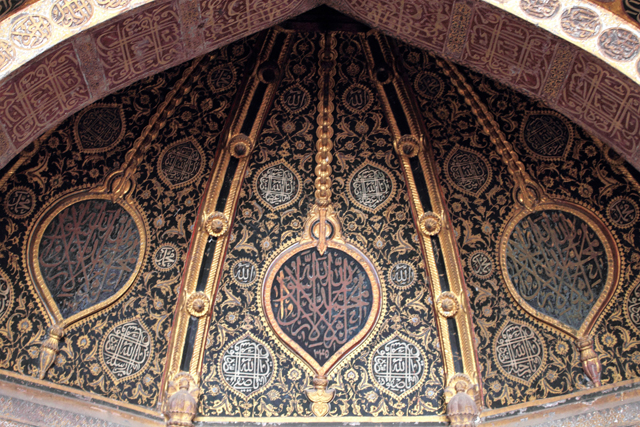

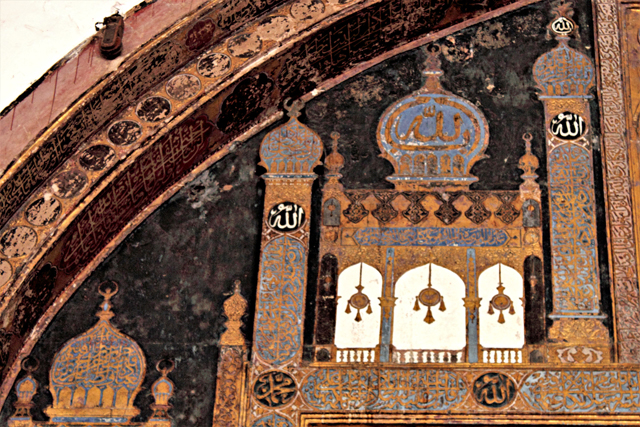
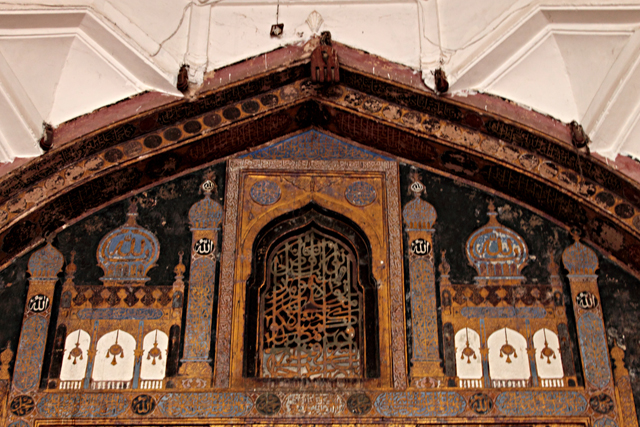












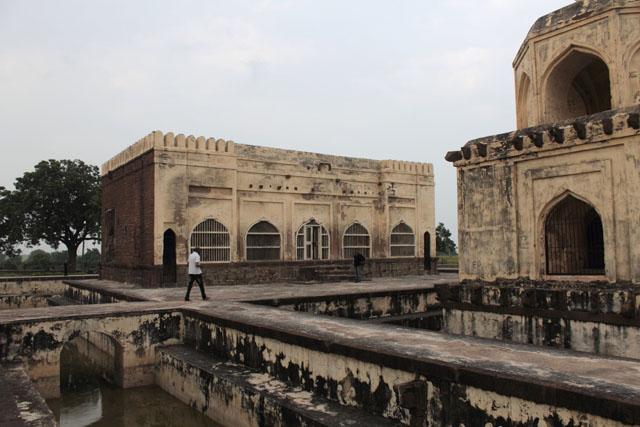






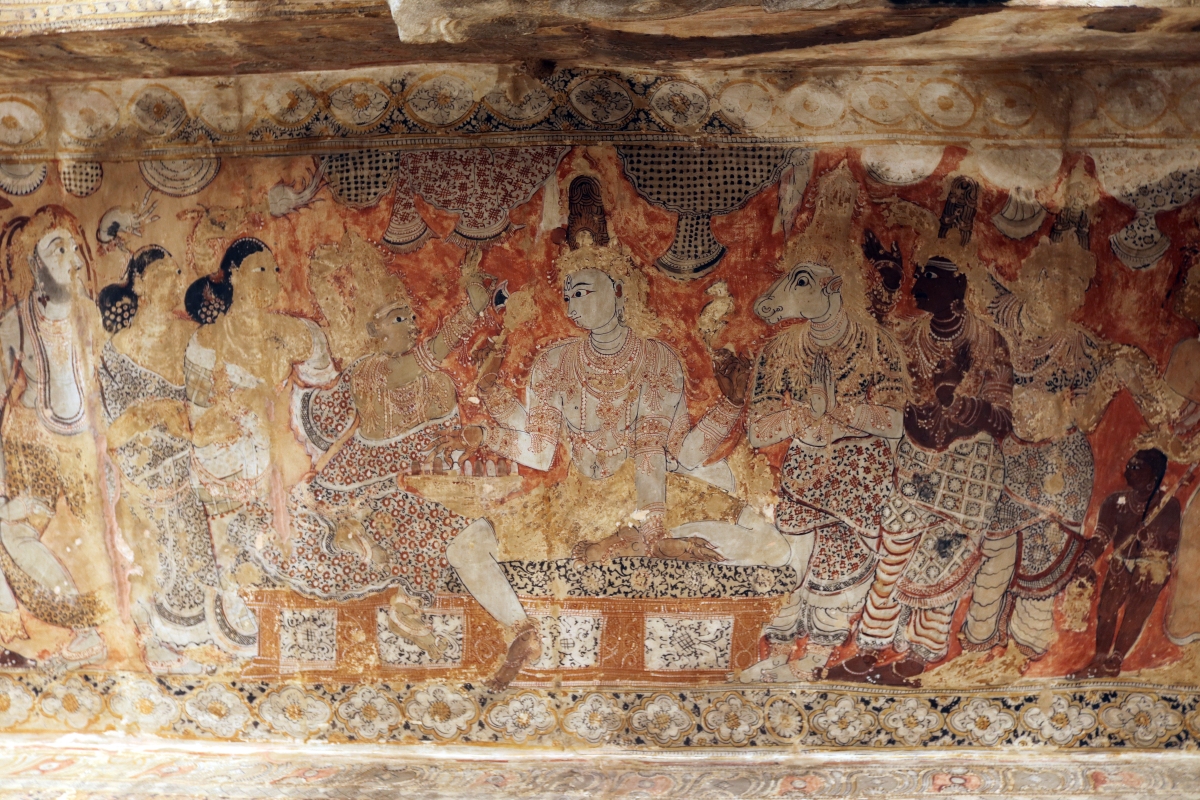



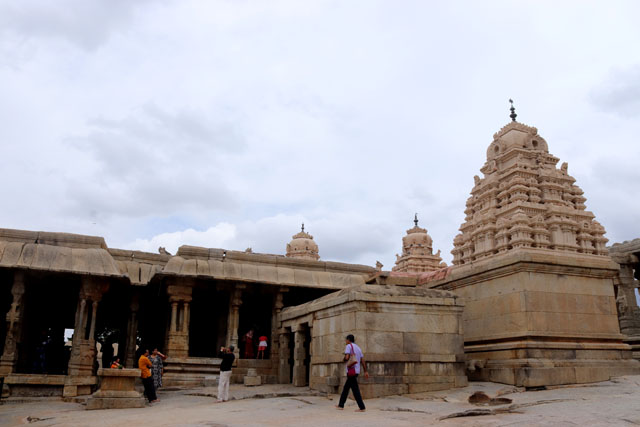









































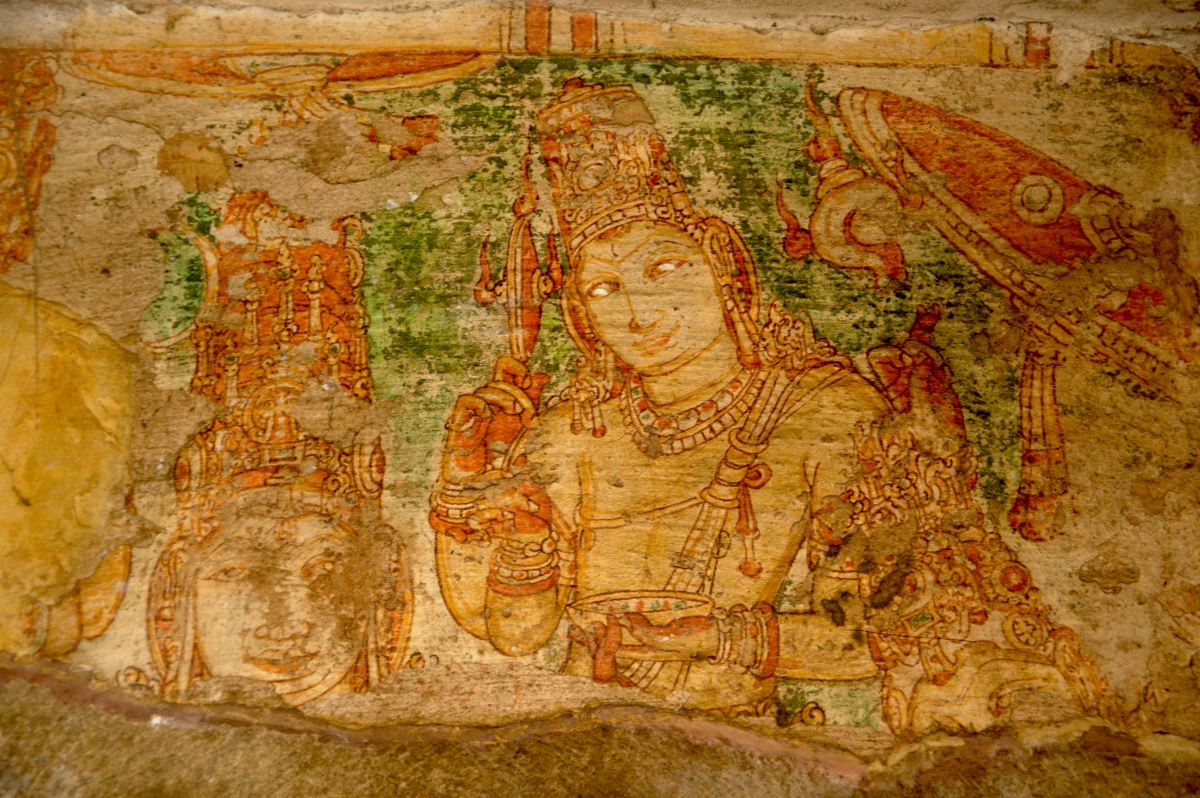
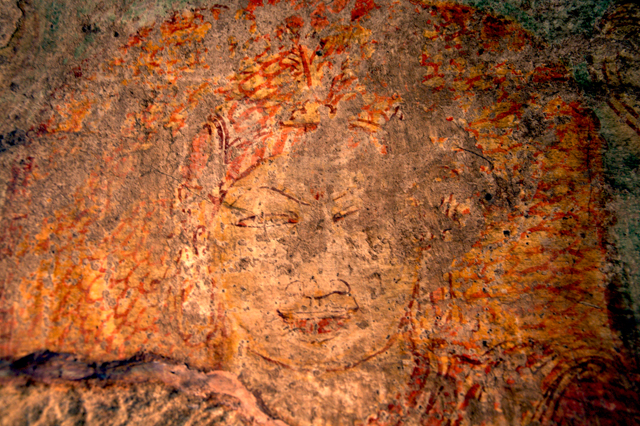
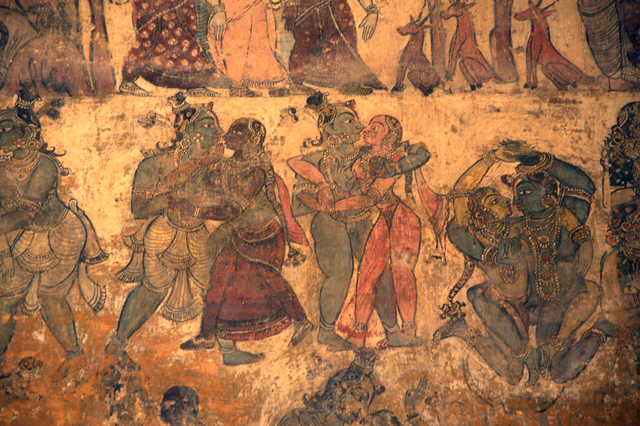
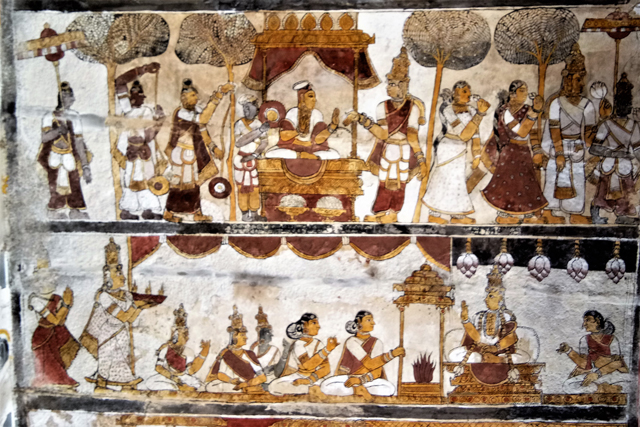
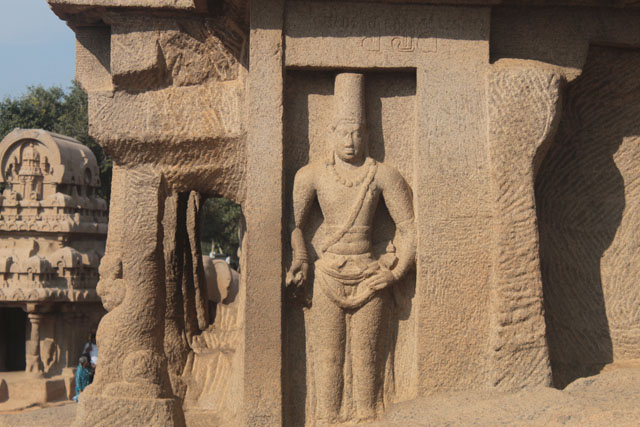
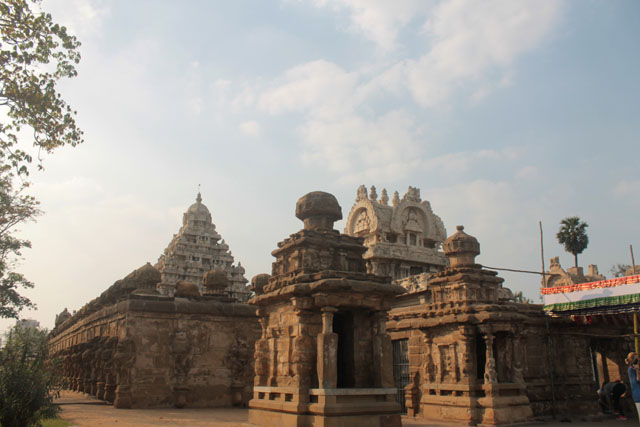


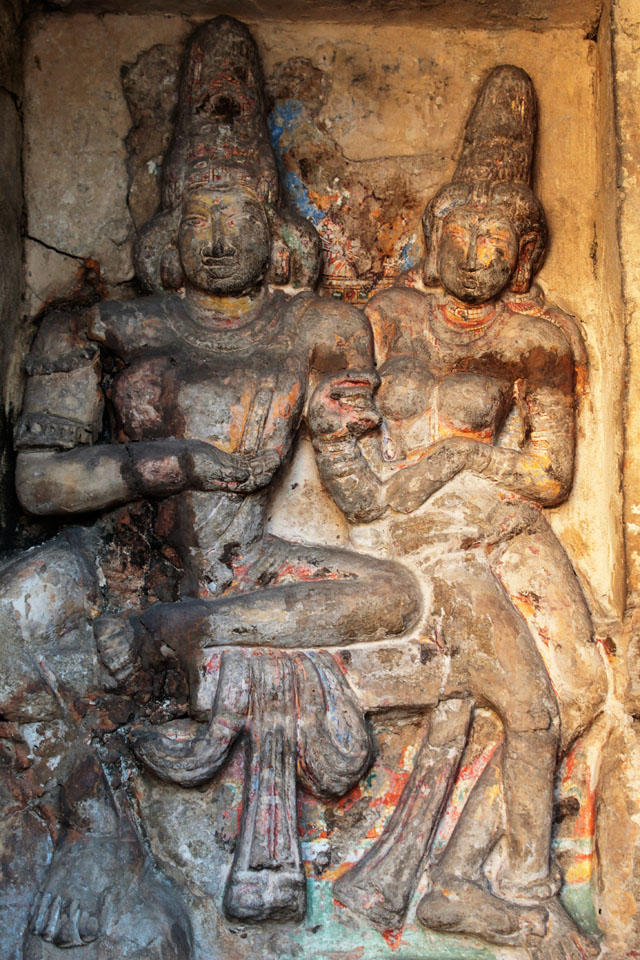
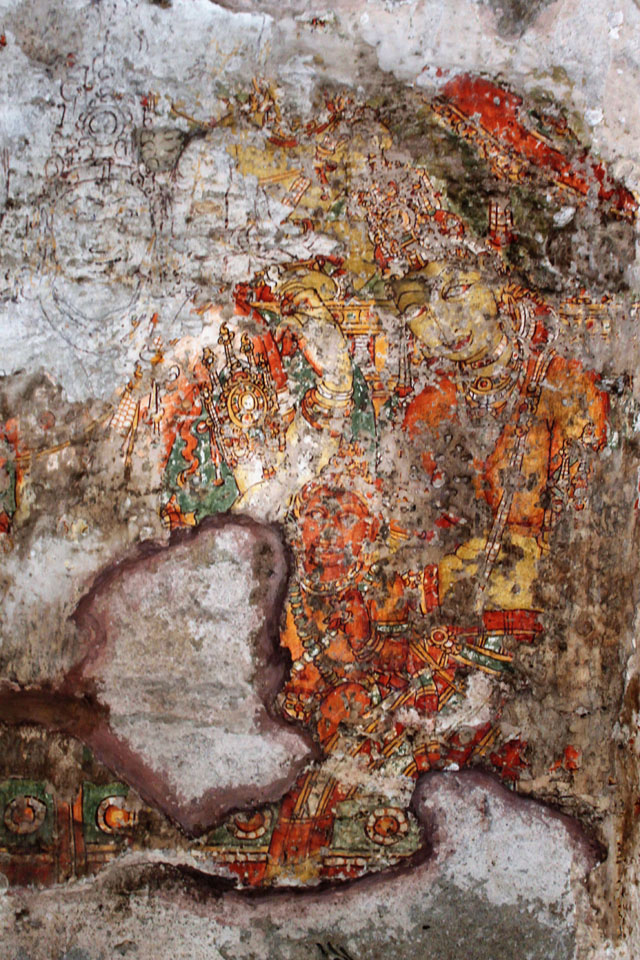

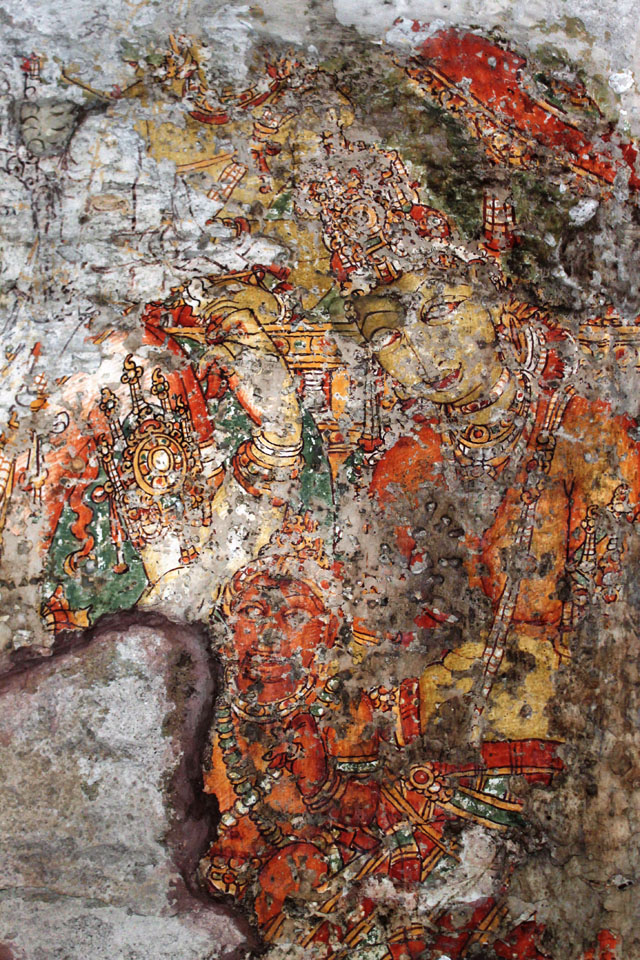
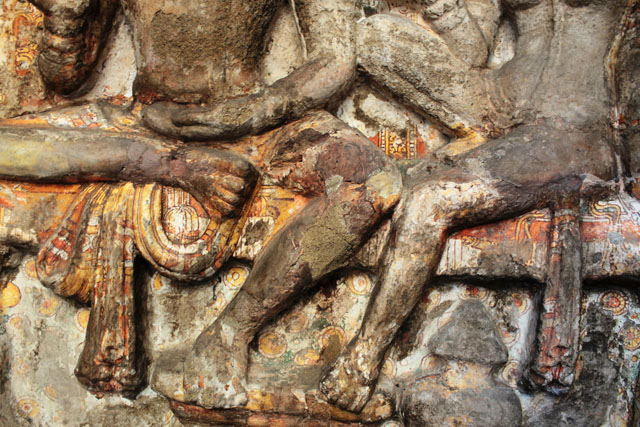
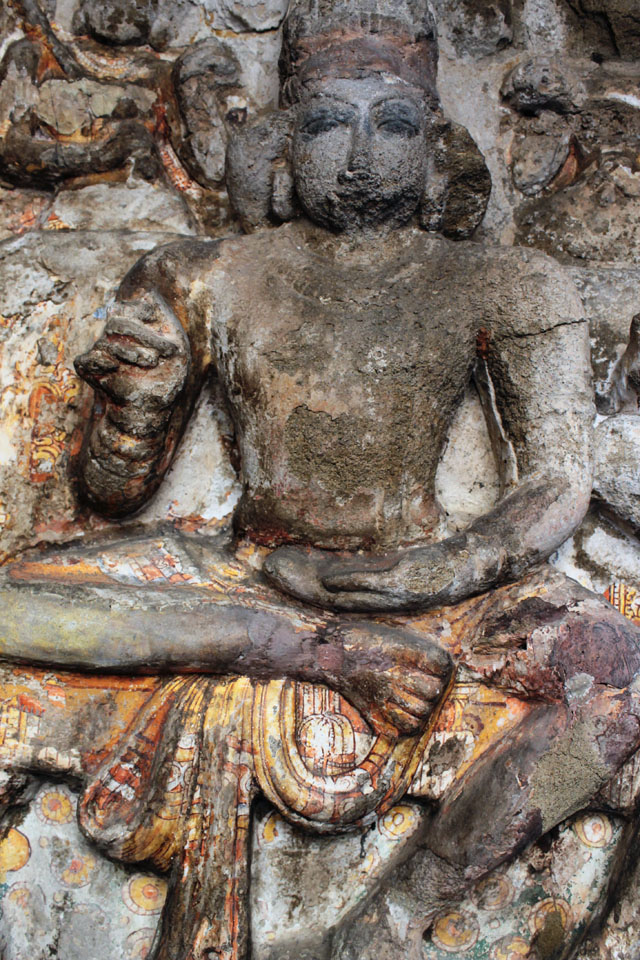
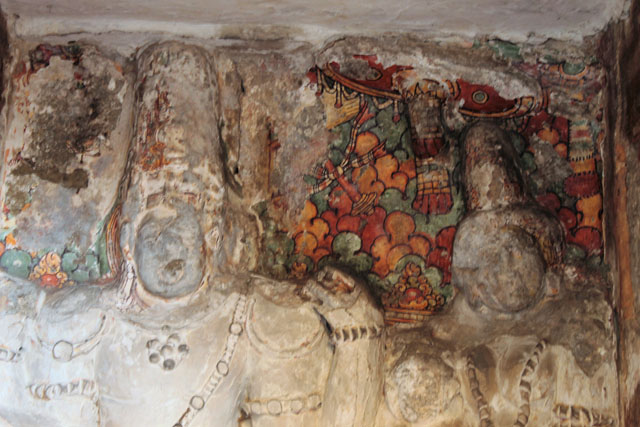
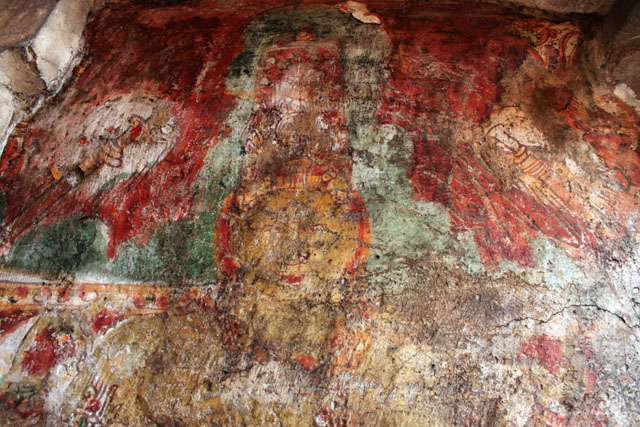
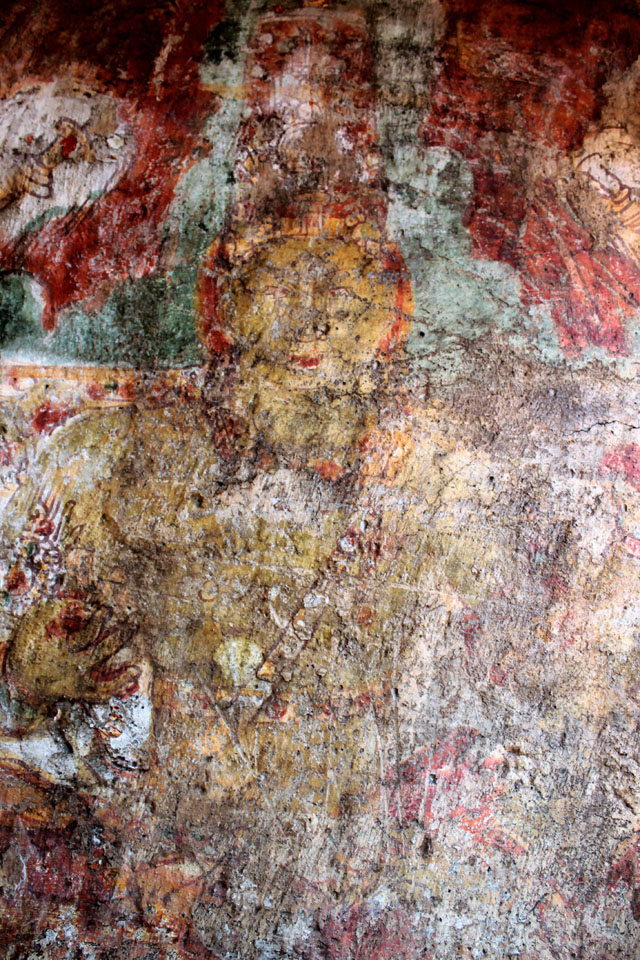
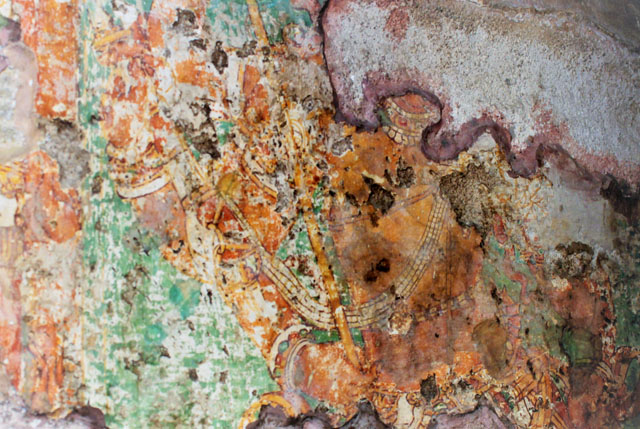

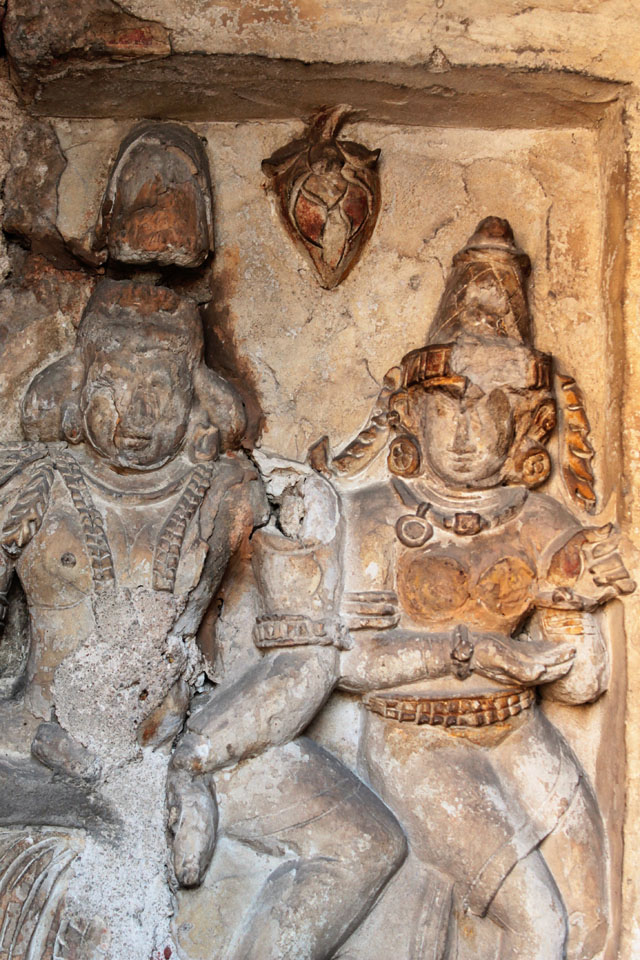

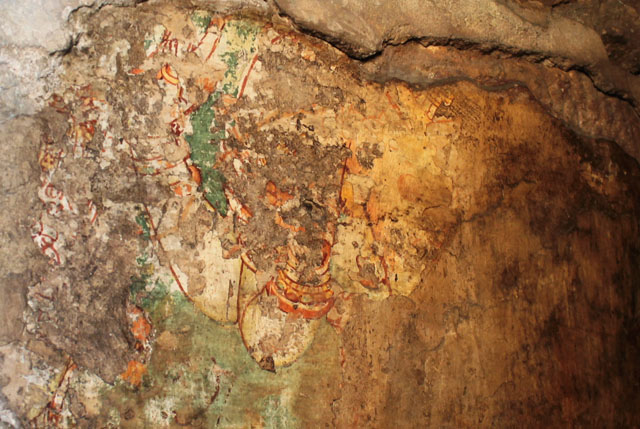

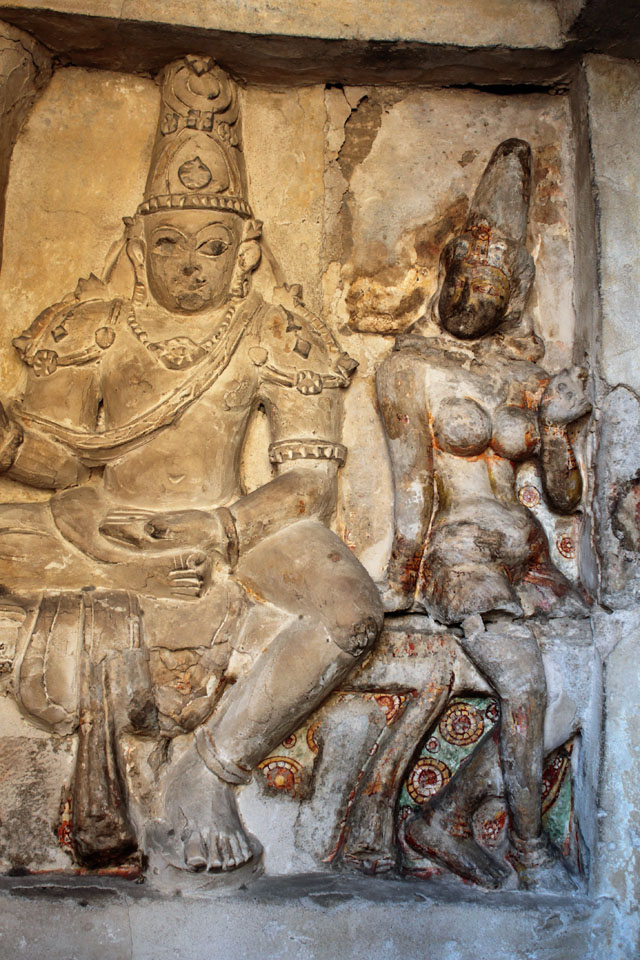



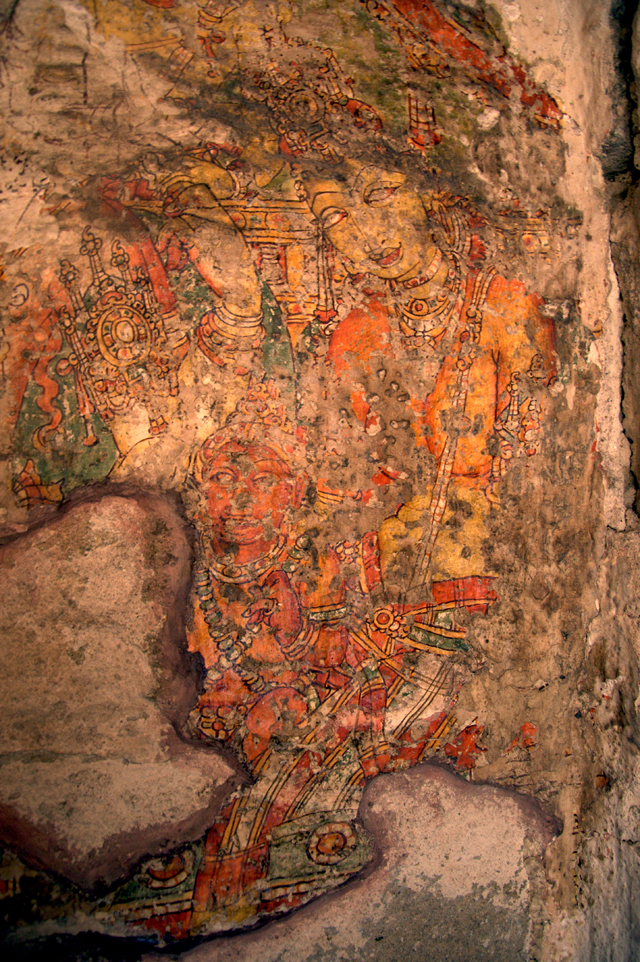
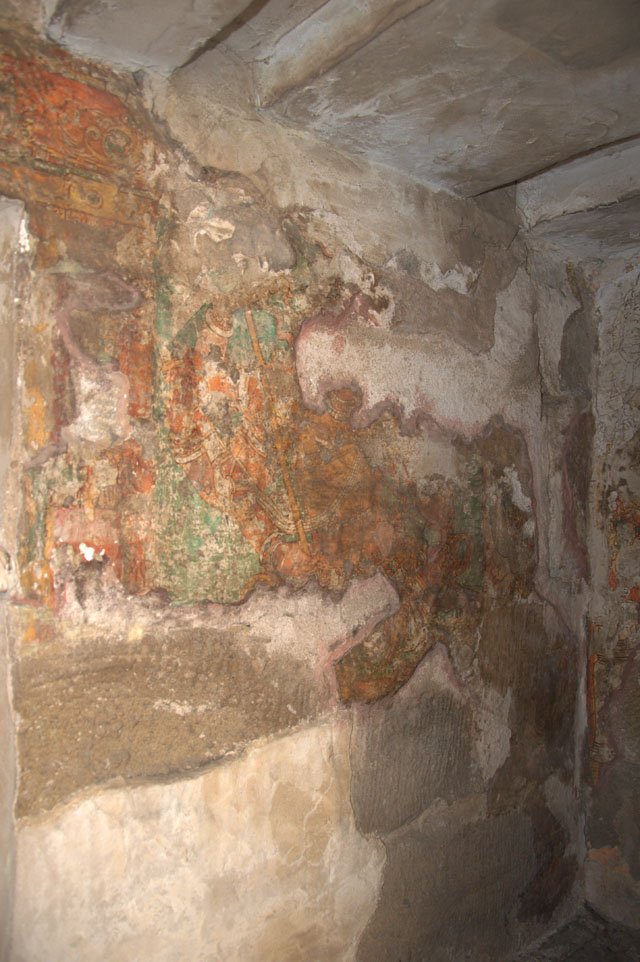



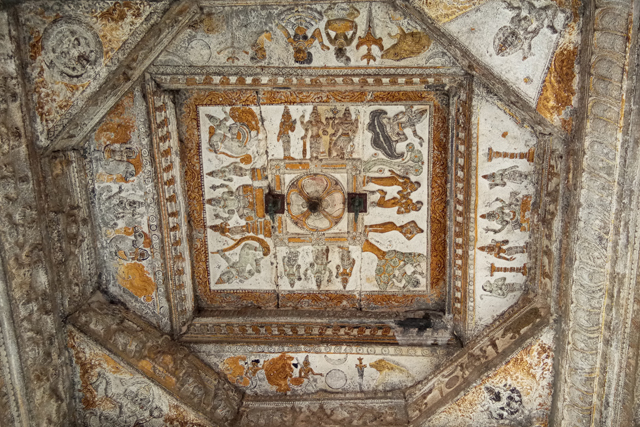
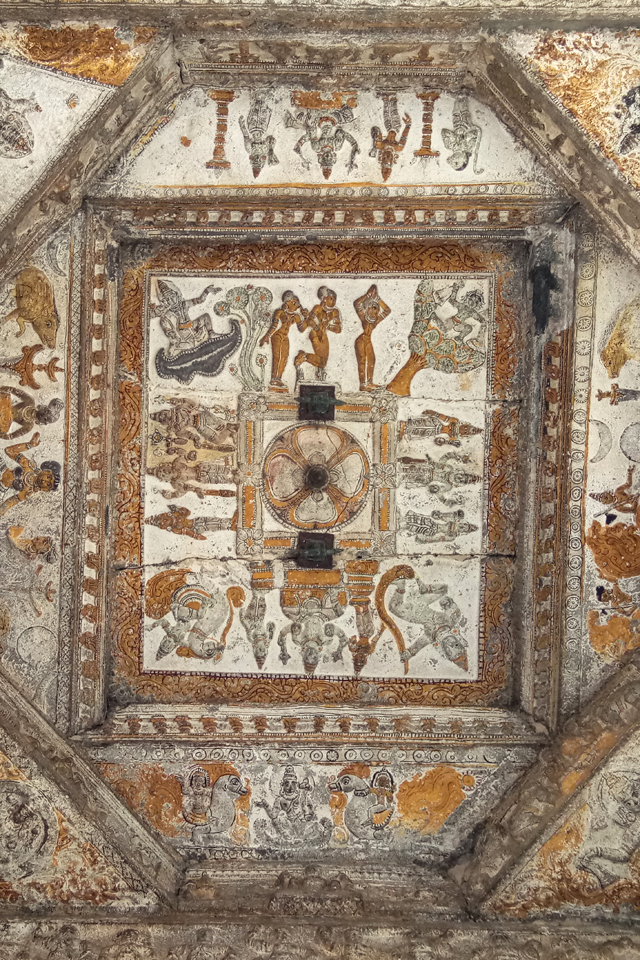

![_DSC0106[955]](https://blogvirasatehind.files.wordpress.com/2018/11/dsc0106955.jpg?w=840)
